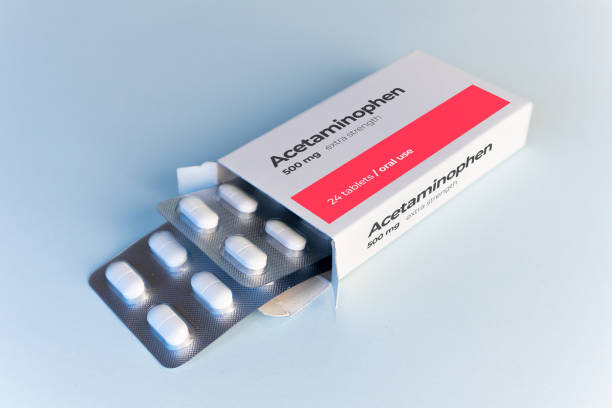Acetaminophen is an analgesic used to treat mild to moderate pain, which could be from headaches, menstrual cramps, osteoarthritis, toothache, cold/flu, backaches, etc. It is also effective for reducing fever.
This medication raises the body’s pain threshold and controls fever by acting on the temperature-regulating centre in the brain.
How to use Acetaminophen
There are many brands and forms of acetaminophen, and each may have different dosages, so follow the directions on the product package or your doctor’s prescription to know the dosage that is right for you.
If you are giving this medication to a child, make sure the one you use is for children; sometimes, the child’s weight or age is used to determine the dosage, so confirm from the product’s package.
For rapidly dissolving tablets, chew or allow them to dissolve in your mouth and for suspensions, shake them before drinking. Do not chew extended-release tablets; swallow them whole with water. Do not take this drug for more than 3 days unless recommended by a doctor.
Side Effects
Here are some side effects that you need to report to your healthcare provider immediately.
- Redness, peeling, blistering, or loosening of skin.
- Allergic reactions, including hives, itching, skin rash, swelling of the throat, lips, face or tongue.
- Liver injury is characterised by nausea, right upper belly pain, dark yellow or brown urine, loss of appetite, fatigue, and coloured stool.
Some other mild side effects that usually resolve on their own when the treatment ends include nausea, stomach upset, headache, and trouble sleeping.
Precautions
Before taking acetaminophen, tell your doctor if you have any drug allergies. Some active and inactive ingredients in this medication may cause allergies for some people. Also, tell your doctor about your medical history and the medicines you are taking. In addition, note that certain forms of acetaminophen may contain sugar, so if you have diabetes, let your doctor know so caution can be taken to regulate your blood sugar levels.



